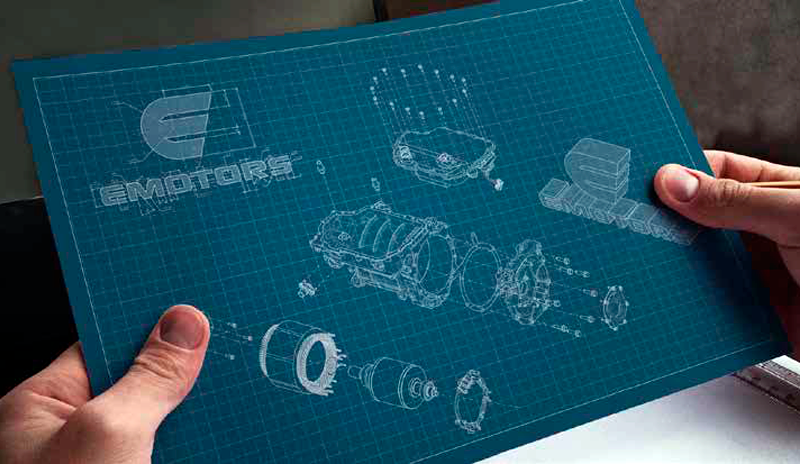Optimizing the spray cooling of e-drives with moving particle simulation
Futurities Year 19 n°1
By Ioan Deac, Juan Wang - EMOTORS | Michele Merelli - EnginSoft


Over the next decade, the e-drive units for both hybrid and electric traction will continue evolving towards the industry-specific requirements, namely providing increased power density, efficiency and reliability, at reduced cost. In the meantime, electric vehicles (EVs) and hybrid platforms are expected to become mainstream even for less expensive cars with high production volumes, which will place even more pressure on the cost of materials and process for e-drives. The thermal management of the e-drive is a crucial factor affecting both its performance and life.
Internal spray cooling concepts are already being used by several players in the automotive and transport sectors to cool e-drive components with impressive results. Moreover, increasing integration of e-drive and transmission units allows the transmission fluid to be used as the coolant in the e-motor. The development of this type of cooling is still very dynamic with multiple players exploring the limits of this technology (see recent patents).
The joint venture between Nidec and PSA EMOTORS (EMOTORS) aims to develop and produce high-performance, competitive e-motors by combining e-motor design and manufacturing know-how, and automotive expertise together in a highly ambitious enterprise. The JV company has used simulation techniques since the early stages of its development process to guide the thermal design of its line of e-motors and to predict and optimize the engine temperature. This work will focus on the simulation of the oil distribution system in the engine, and its use to predict heat dissipation and temperature distribution in the engine. Rapid comparison of different concepts and selection of the best design solution is performed by running mesh-less CFD simulations using the moving particle simulation (MPS) method, which is ideal for simulating oil splash and jet impingement phenomena in an e-drive.
This article discusses the use of moving particle simulation of the oil distribution system to predict heat dissipation and temperature distribution in the engine in order to examine virtual e-drive prototypes to improve their final design.
Read the articlesoftware
Particleworks is an advanced CFD Software solution, based on the Moving Particle Simulation (MPS) method.
particleworks
CASE STUDY
This article presents simulation examples for three types of firefighting equipment for cultural heritage buildings using Particleworks, a CFD software based on the Moving Particle Simulation (MPS) method: a water discharge gun, a drencher, and a firefighting drone.
particleworks civil-engineering